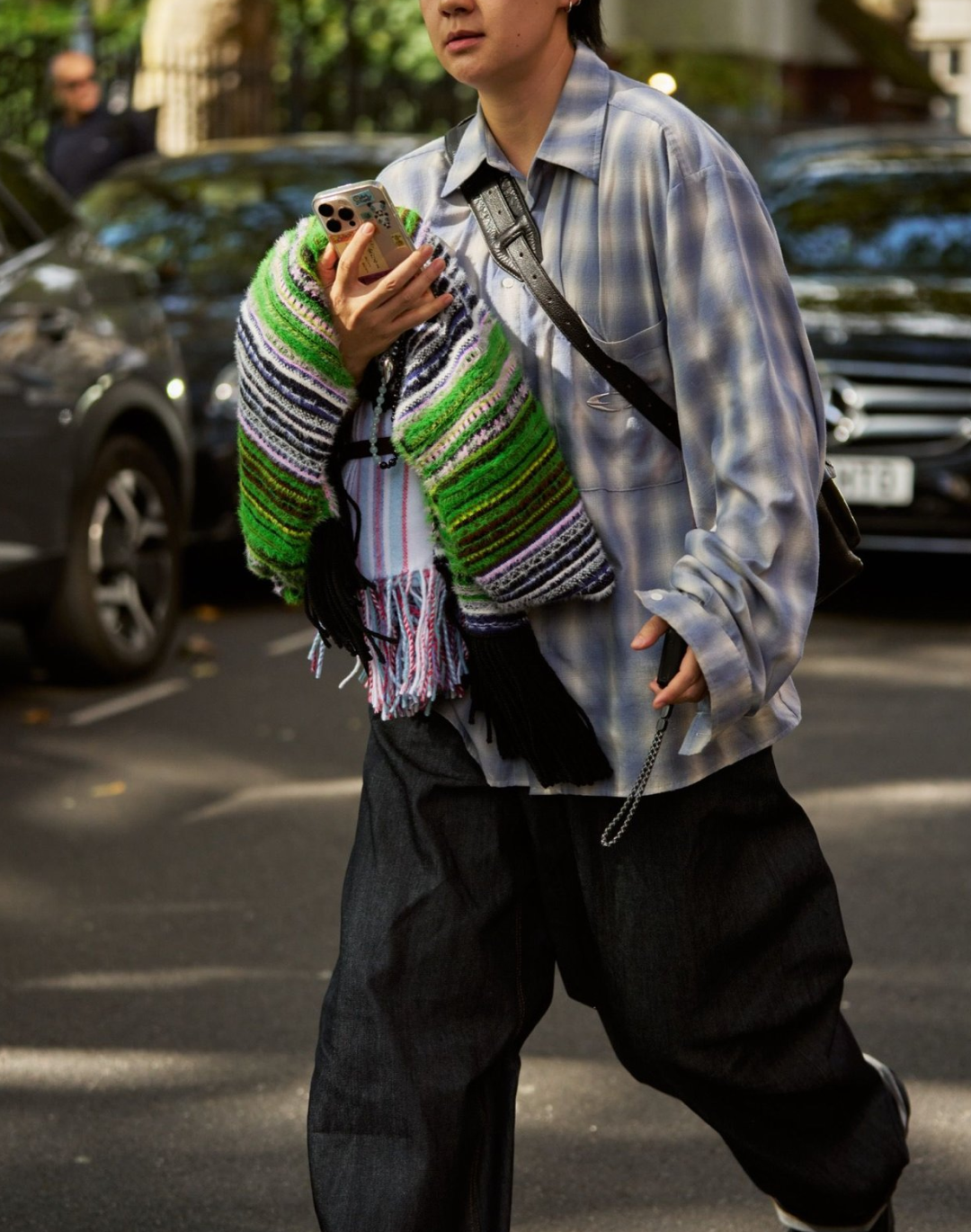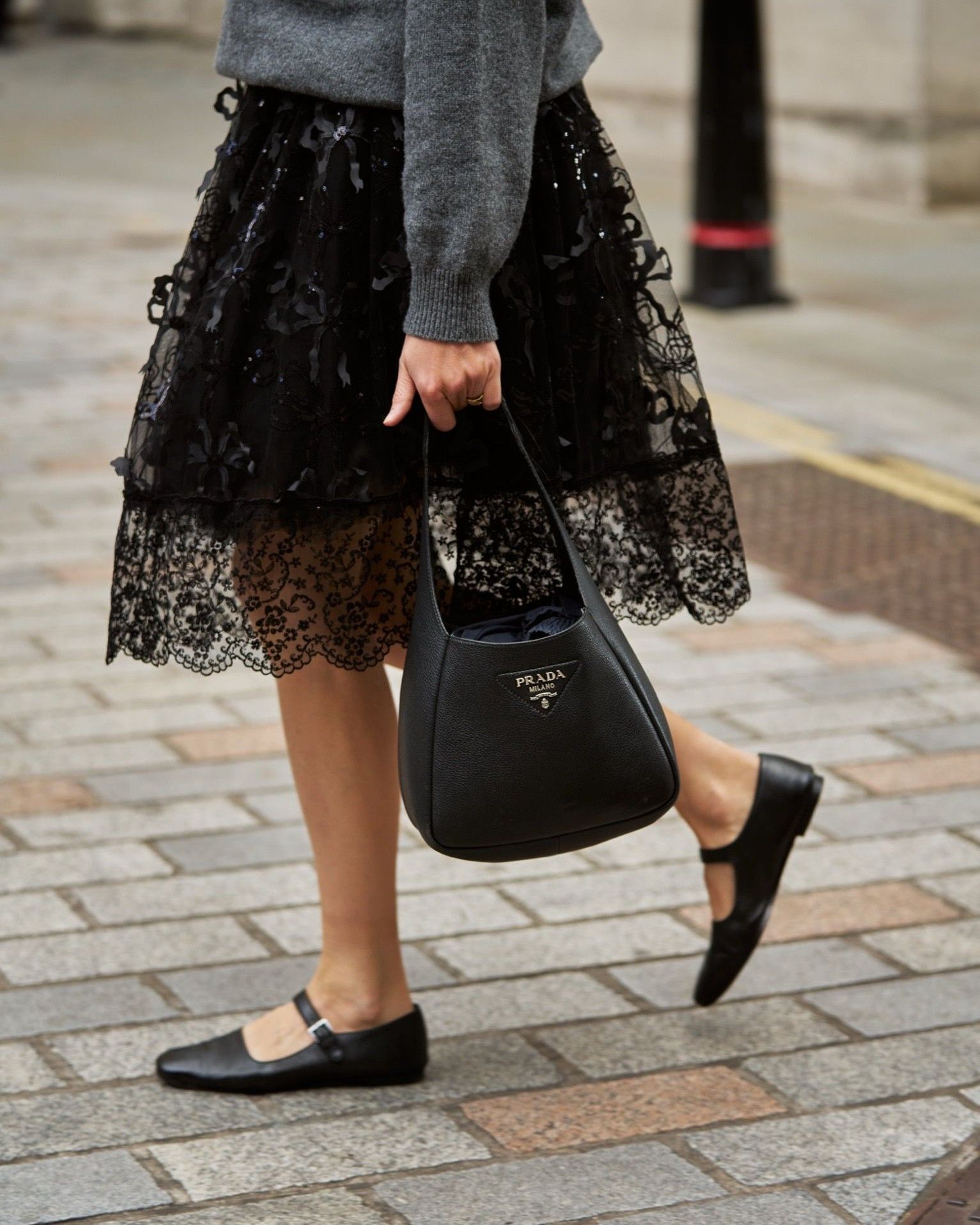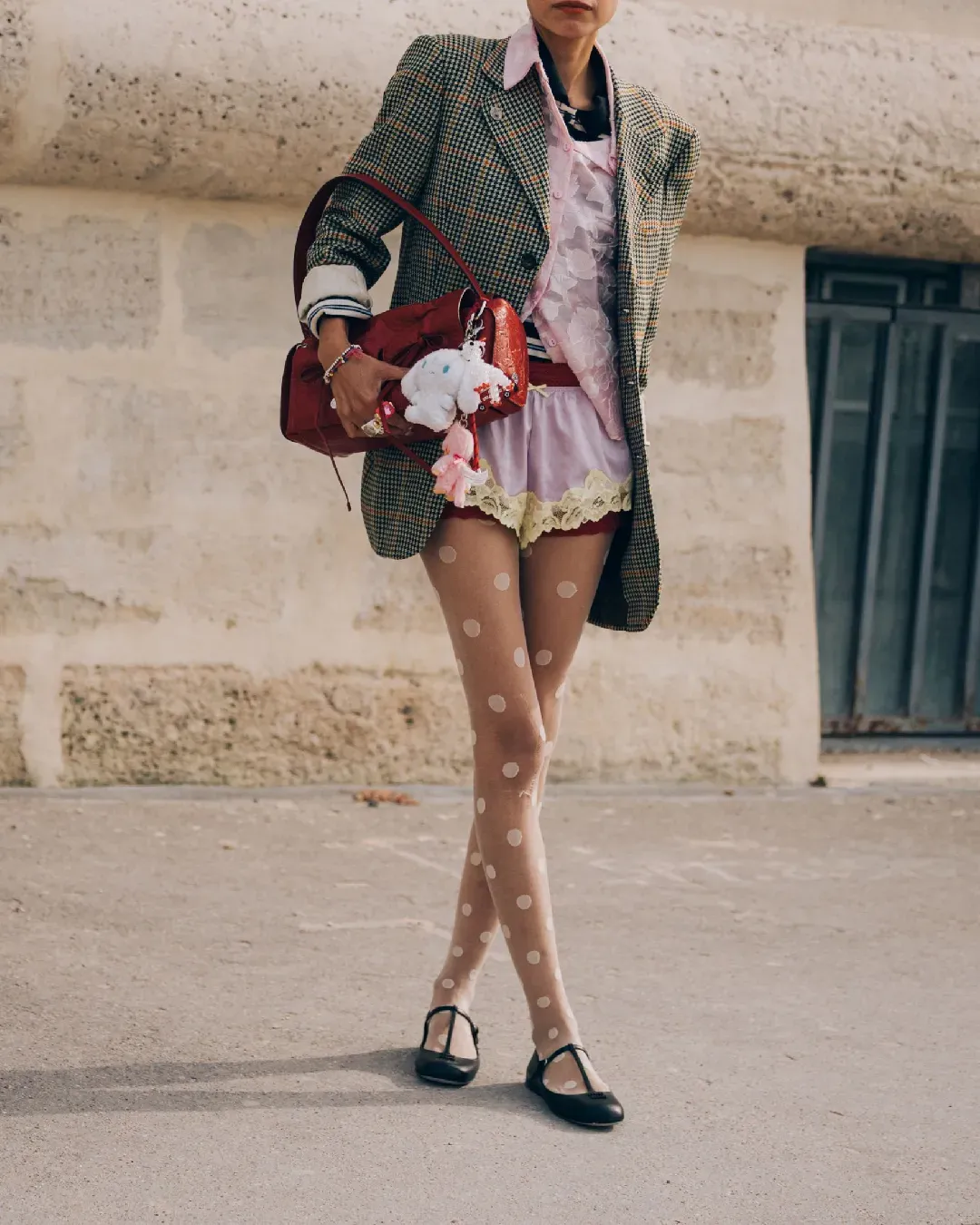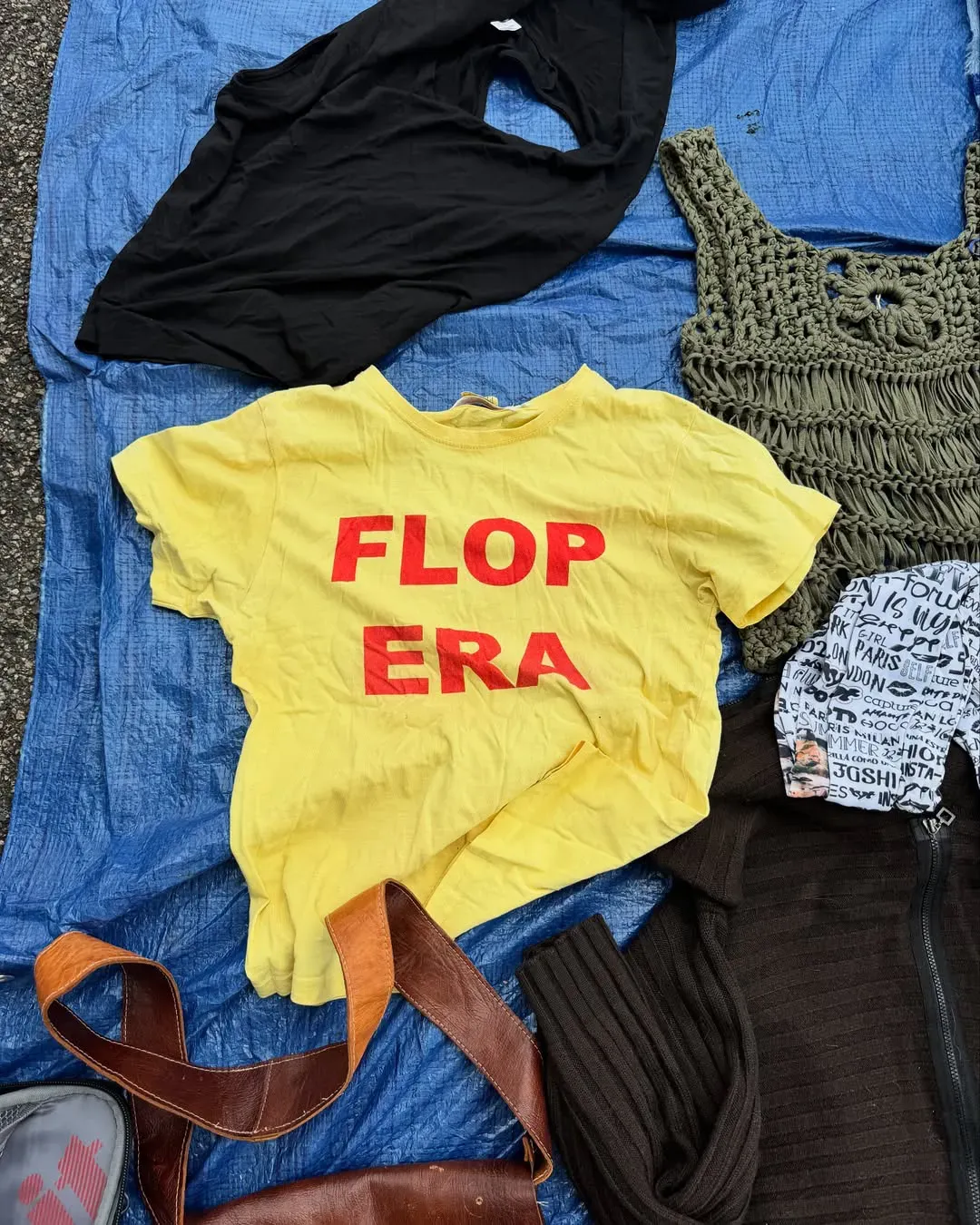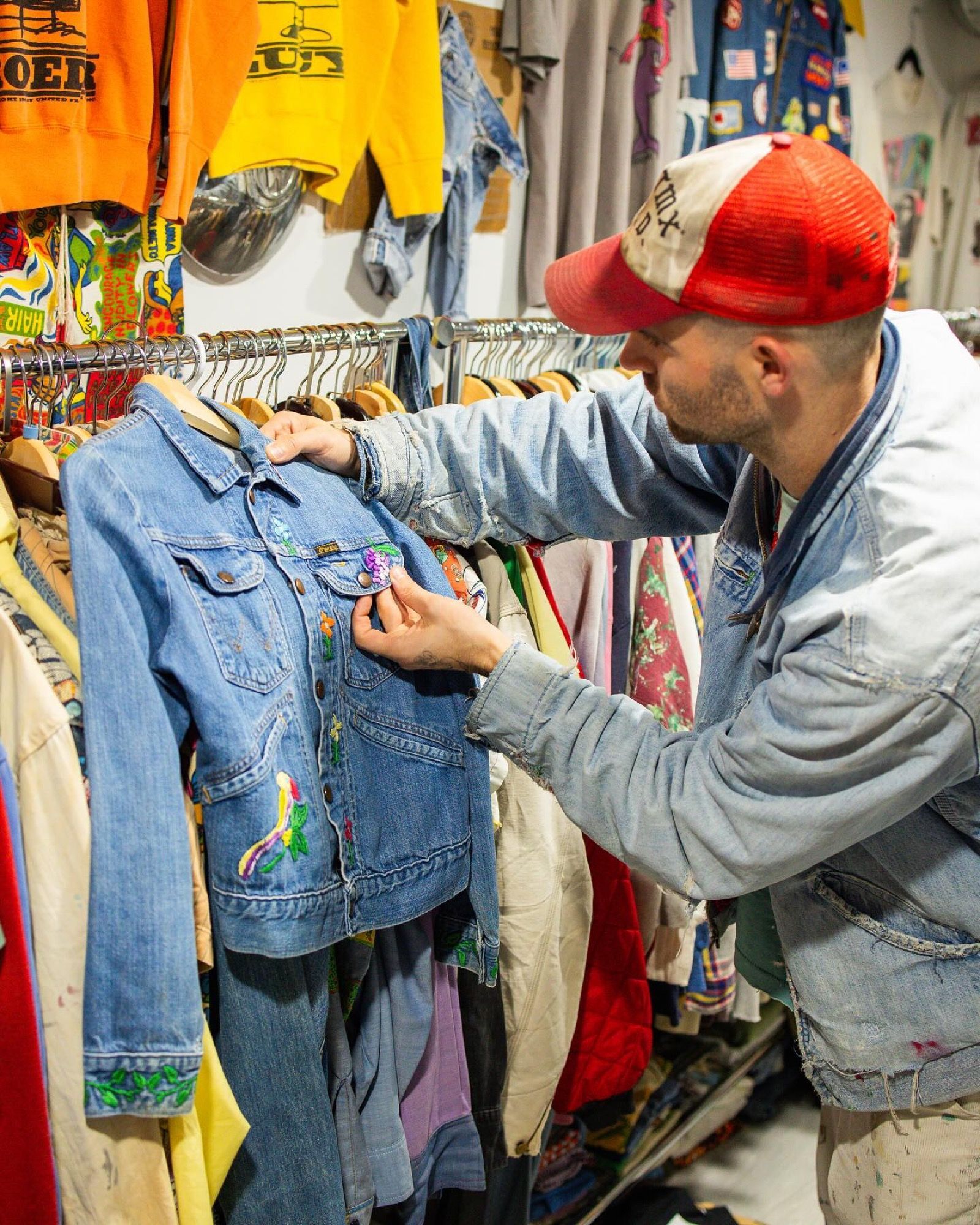
The second-hand market continues to grow Three times faster than the global apparel market
All those who over the years have associated the growing interest in second-hand clothing with a mere passing fashion have been proven wrong. Vintage, second hand, pre-owned, call it what you prefer: it is a constantly expanding market. Every day, new e-commerce sites dedicated to this market emerge, and more and more creators produce content such as haul videos and unboxing with the aim of narrating vintage fashion, generating such a great flow of interest as to convince even the most skeptical to succumb to its charm. As usual for the past decade, ThredUp, a consignment platform and second-hand store, has released the Resale Report offering a perspective on the future situation of this market, which, according to projections, will grow three times faster than the global clothing market. In 2023, in terms of sales, the second-hand market grew by 18% compared to the previous year, while forecasts suggest that by 2025, 10% of clothing market sales will come from second hand: these are remarkable numbers, especially considering the substantial interest of the public in fast fashion marketplaces like Temu and Shein. By 2028, the second-hand market will reach a $73 billion mark, recording an average annual growth of 11%.
@kailsofthewild if you like thrifting you’re gonna wanna save this for your trip to bangkok #bangkok #thrifting #secondhandmarket Ray Mysterio (Instrumental) - The Alchemist
In short, even the most reluctant to the idea of wearing used clothes have changed their minds for more than one reason. For example, the economic factor counts a lot: just think that 55% of consumers claim that unless the economy improves, they will spend increasingly substantial amounts on used clothing. Thanks to ThredUp's research, it emerged that in 2023, 3 out of 4 people at the time of purchase consider the intrinsic value of a garment; at the same time, 59% of consumers purchase an item after careful analysis, effectively reducing the number of impulsive purchases. The circular economy of clothing works rather well: thanks to the popularity gained by Vinted and Depop, 25% of global consumers have resold at least one item on such platforms, almost reaching the record figures of the pandemic period, a sustainable way of decluttering, but also to make ends meet, considering that 41% have paid bills and rent with the money earned from the sales of their clothes.
@artis_galleria This is IN MY OPINION how u can boycott a brand and still buy from it (bc boycotting affordable brands can be difficult) also consider this another reason of why you should shop from Vinted @Vinted #vintedtips #thrifting #boycott #boycottisrailproduct #europefyp #ukfyp original sound - Artsy Raja
Consumers' fascination with this type of market has the potential to generate a domino effect. In fact, 74% of brands that have not yet implemented a resale system within their business plan consider doing so in the coming months. 2023 saw giants such as H&M, J.Crew, American Eagle, and many others succumb to this choice. The motivation arises from the fact that retail sector employees have realized how consumers consider new factors at the time of purchase. To those mentioned, there is an increasingly greater interest from customers towards brands that operate sustainably: in 2023, 62% of retail sector employees attached particular importance to this aspect, while 60% of Gen Z and Millennials are interested in knowing whether a garment resells easily or not. Considering that limited editions attract an increasingly smaller audience, the preference is for the purchase of vintage items that conceal a story behind them. Finally, 22% of consumers are interested in purchasing second-hand items as it represents the easiest way to afford high-end brands.
The prerequisites for the used goods market to become increasingly central in the clothing sector are there. Obviously, for such a great interest to grow immensely, a dual awareness was necessary, both from consumers and from those working in the clothing sector, even though 65% of employees and 43% of consumers still claim that the government of their country does not take enough measures to reduce the environmental impact of clothing, and 42% of consumers believe that governments should promote sustainable fashion by enacting laws.











































